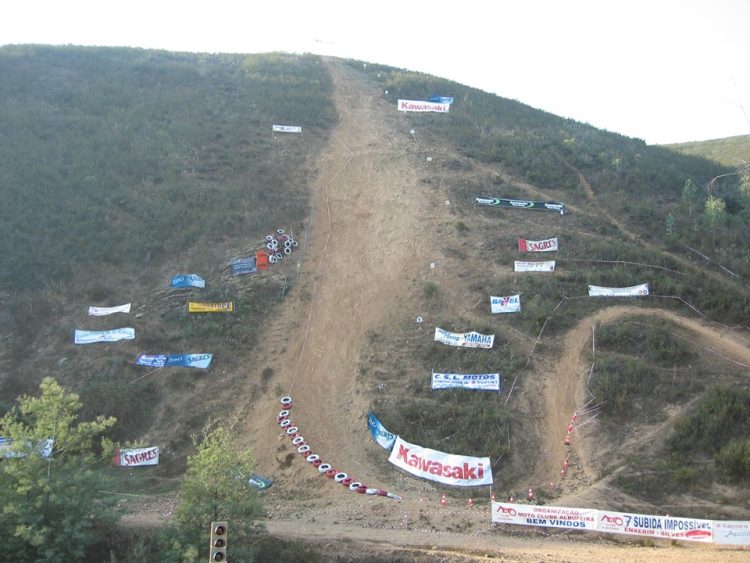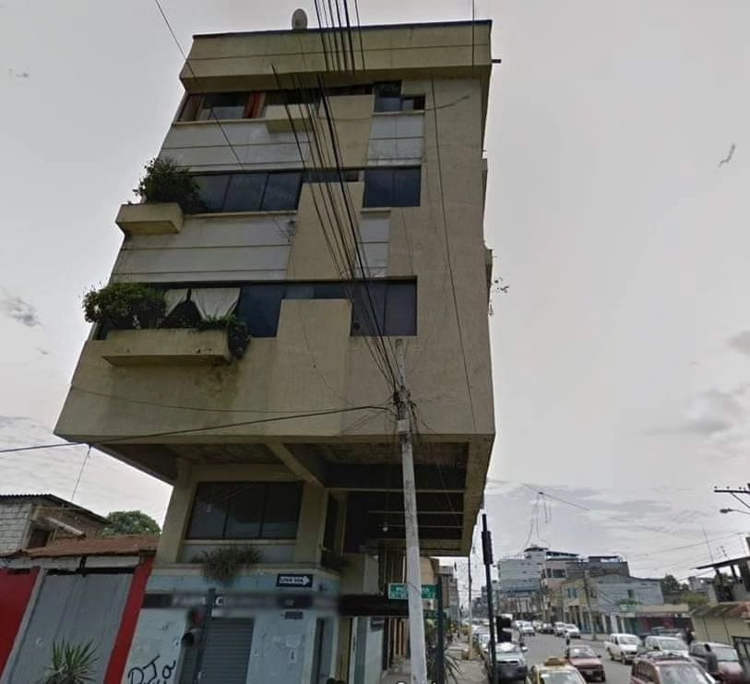A lot of people have been saying McDonald’s makes fake burgers, but the world’s biggest Big Mac is so fake it’s not even edible.
I know one guy who would love to sink his teeth into this fast-food monument, but sadly it’s just for decoration. The world’s biggest Big Mac was unveiled back in 2008, at the burger’s birthplace – a McDonald’s restaurant in Huntington, Pennsylvania, to celebrate its 40th anniversary. It stands 14-feet-tall and is just one of the McDonald’s exhibits hosted by the restaurant\museum.
Created over 40 years ago, the Big Mac is the world’s most popular sandwich. It was created by Jim Delligatti, a McDonald’s franchise owner from Uniontown, and following its immediate success, it was added to McDonald’s menus nationwide. Billions of Big Macs are sold all over the world every year, with 550 million sold in the US alone. Weighing nearly half a pound, with 540 calories and 29 grams of fat, the Big Mac isn’t exactly a nutritionist favorite, but almost all of them eating one every once in a while is not a big problem, as long as it doesn’t become an everyday habit.





















